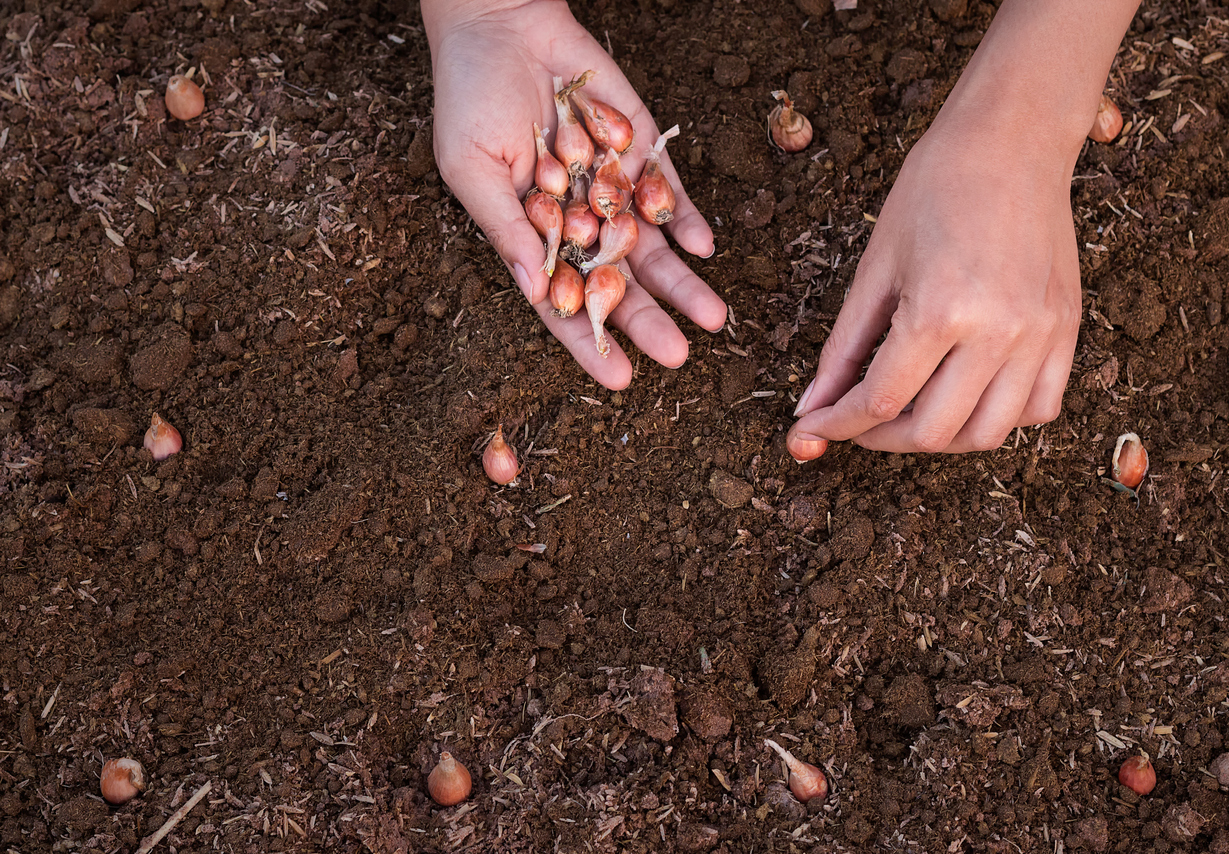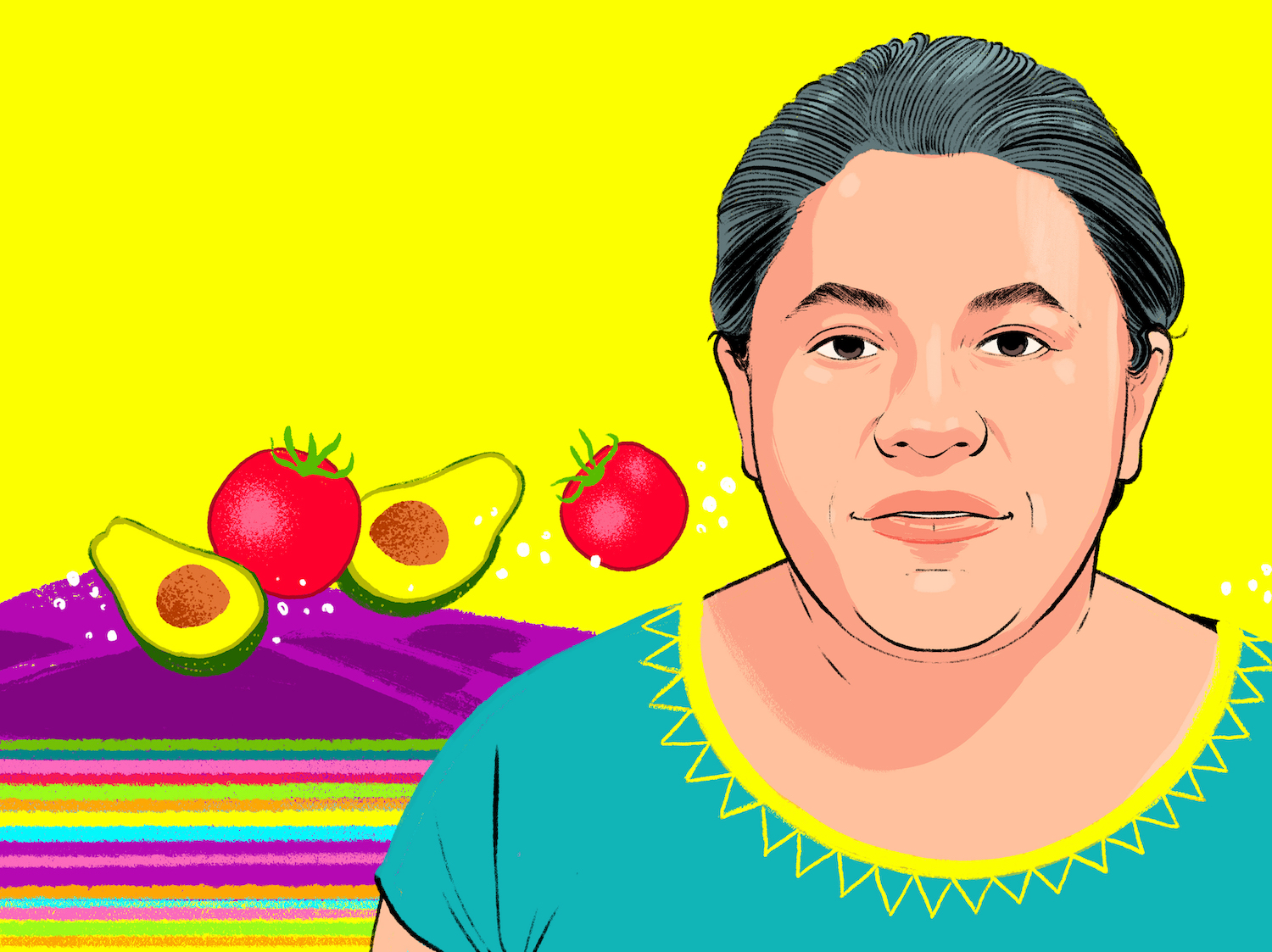
Courtesy of Rodeo Donuts
When the Title III rules officially went into effect on May 16, the new food economy woke to a new day in the ongoing struggle to raise small business capital. For the first time in 80 years, “emerging growth companies”–those with under $1 million in revenue–can offer and sell equity through crowdfunding also to investors whose net worth is under $1 million.
In Chicago, Seattle and Brooklyn, these three enterprises are pushing the potential of this more inclusive fundraising model. Here’s what it looks like to redefine the meaning of the word, “funded.”

Bernard Loyd, president, Urban Juncture
The vision: The 12-month limit on Wefunder is $1 million. We’re just going for $100,000 on this tranche, but if we are successful, we’re going to want to come back and broaden our outreach and invite more folks to join us. This $100,000 would be dedicated primarily to our Bring Back the Forum effort, doing a set of repairs that would allow us to restore a complex of three buildings where we plan to use cultural performance and hospitality as a community development platform. The next tranche of funding will go to food specifically and our Bronzeville Cookin’ project.
As we looked around Chicago, we saw a number of distinctive ethnic dining districts, that really are at the centers of their respective ethnic communities: Chinatown, Greektown, Little India up on Devon Avenue, and others. These districts have been central economic hubs of their communities–they create a lot of jobs. There’s no such thing around black cuisine in Chicago, despite the fact that the black population is one-third of the city and despite the fact that black cuisine is as rich as any other cuisine, if not richer. We wanted to catalyze our work around different aspects of the cuisines.This community is as much a job desert as it is a food desert. Of course, restaurants are very efficient job creators.
 Urban Juncture
Urban Juncture Keeping it sustainable: We’ve tried to organize Bronzeville Cookin’ to be as positive a steward of the environment as we can. We have our first actual restaurant enterprise, the Bronzeville Jerk Shack, but also a community garden that’s now going into its seventh season, a community bicycling initiative going into its fourth season, a rooftop farm just entering its second season, and we’re about to open an incubator and co-working space. Hopefully by the end of this year we will be starting on our next two culinary venues. Part of the objective here is to build a critical mass around positive enterprises in one area.
A debt-based model: There are two primary ways of raising funds on Wefunder. You can offer equity—so if you give me $1,000, I give you X shares in the enterprise. The other is you can provide me the money as a loan. That’s what we’re doing. We’re asking folks to make a loan for us, under certain conditions. 10 years, 5 percent, etc.
What I’m saying is, “I’m committed to this, and I will personally guarantee the debt.” In the end it was my belief that if I’m going to ask other people to give me a loan, then I should personally stand behind that—not because I have a lot of cash behind me, but whatever cash I do have, I’ll commit to making good on the loan.
Who’s investing: We have roughly 25 investors, and 20 of those are folks we don’t know. I’ve never met them. For example, our first investor is a gentleman who started a mountain wear company. We don’t know him, but he found us and clearly he was like-minded and wanted to invest in what we’re doing.
The value of Wefunder is that it brings a completely untouched potential source of financing to the table. And not just financing, but a source of real ownership. We’ve always wanted to get community members invested in what we’re doing—financially, as well as lending a hand. But because the SEC regulations have required an investor to be accredited, that has knocked out the 99 percent of our neighbors who don’t meet the threshold. Crowdfunding allows us to engage folks in our community who in a previous regime would not have been eligible to be investors. With this online platform, it is efficient enough that we can invite folks to contribute as little as $100. In the previous era, you couldn’t afford to talk to someone who was going to contribute less than 25 to 50 grand.

Nicki Kerbs, chief operations manager, Cupcake Royale and co-founder, Rodeo Donut
The push: We’ve been operating as a pop-up since March 2015, utilizing the kitchen of one of our Cupcake Royale locations, frying up fresh brioche doughnuts. It’s really taken off. Local grocery stores want to carry us; people that deliver to Microsoft daily want to carry us. We just can’t meet the volume. Being inside of a cupcake shop, it’s a lot of competition. Customers saying “go do it” coupled with the demand for wholesale is what made the decision.
Making the connection: One of our very first customers—he’s heavily into the startup world—put us in contact with Wefunder before they launched. They came into the pop-up and we took them back into the kitchen, showed them our mixer, our fryer, explained what we do, what we wanted to do–our Rodeo 2.0 plan has more than just doughnuts, it incorporates chicken and whiskey. WeFunder called us in April and said, “May 16 we’re going to launch this platform. We want to include you guys.”
We’ve decided to give 20 percent of the company to equity shareholders. And just like any small business, there are risks. Obviously our priority is to have it be successful, but is that going to be in year one? I wish we had a crystal ball and we could say yes. Could it be in year two? I don’t know. Is it going to make you rich? Startups generally don’t. But the whole idea is that we the people now have a chance to invest in things that we love—to get startups up and going so that they have an opportunity to be successful. Because I, and I think a lot of people, certainly don’t want the world to turn into big box stores. No offense to Jimmy John’s or Potbelly—is that what we want in every single neighborhood?
 Rodeo Donut
Rodeo Donut Next steps: Short term right now is being able to find a brick-and-mortar location: build-out, equipment, architect, design, real estate. Maybe that could include a delivery truck so that we could deliver doughnuts. And an online ordering platform would really help us grow to the next level.
We’re writing an operations plan and a product plan and a build-out plan that can easily be repeated. The goal is to build something that’s simple enough to replicate. We’re really thinking about, “Can this fit into a suburb? Can this fit into a city? Can this fit into a high-end mall?”
Rodeo Donut is not out to solve any real sexy problems.
Who’s investing? I can see who invests through e-mail—it will ping me and say, “George Jones just invested $100.” I click on those all the time because I am curious to see who these people who are. Are they software engineers? Do they all work for Microsoft? Are they local? We had an investor from Washington, D.C. who was a policy writer. And then we have a lot of Microsoft because we’re here in Seattle. We have these everyday people who are chefs and bakers, so it’s an eclectic group.
Rodeo Donut is not out to solve any real sexy problems. We’re not inventing something that’s life changing, and we know that. We’re something really relatable. People read our profile and think, “God, that would be so cool to have in my neighborhood, I would go there and I would hang out, and I would bring my friends and family. I would be proud to say, I chipped in in the beginning to make this happen.”

Josh Cook, co-founder & CEO, Nextdoorganics
The vision: Here’s how we see our network in use: Say somebody in Omaha, Nebraska, running a little health food store, says, “I want to be a food hub for my community, I want to offer a farm share, CSA–style subscription service to folks so that they can cook at home with what’s local.” That health food store owner needs two things: customers, which comes with our portal, and a farmer network to supply this. Our software links those two realms.
The first step is for us to fully transition the local hub that we helped start to local ownership via the worker co-op that has been created, and then work with this developing network of potential food hubs or potential partners. Then we design software that adds the critical value to the different parts of the relationship. Ultimately, we want this to be a solution anywhere. What we’ve learned is if we can provide our members a smooth and streamlined customer experience to tap into the local food economy, that’s the most useful method for acquiring customers.
Who’s investing: There’s two kinds of folks who I think have put into our campaign so far. There’s people from our own network, our own customers or people who are a part of our community, who believe in what we’re doing and want to be more than just a consumer. There are also other folks who are just small-scale investors who have an interest and willingness to invest in these kinds of companies, who were never a part of our network and who found us through Wefunder or through an equity crowdfunding connection of some sort.
Since we’ve started the crowdfunding campaign we’ve gotten some inbound interest from people all over the country—from D.C. to other areas of Brooklyn, to Denver—that have written to us and said, “I am passionate about the local food economy, I want to be a part of the solution. Let’s figure out a way to work together.”
 Nextdoorganics
Nextdoorganics Slow crowdfunding: We’re taking a strategic approach to our campaign that’s different from how someone might run an IndieGogo or Kickstarter campaign where, it’s like, “We’ve got this timeline, we’ve got 30 days and we’ve got to raise this much, go, go, go!” We’re learning that you can run your fundraising round for a year—it’s an open-ended process that can close any time after we raise $50,000. Maybe that $50,000 takes two months to raise, maybe it takes six months. But throughout the campaign, our job is to present the business case for potential investors. So we’re undergoing a very interesting kind of marketing campaign through transparency. We’re asking for funds for this kind of scaling model. Here’s what we would do with it. This is how we would get from A to Z. Here are our advisors. Here’s how other investors are going to be supporting this plan.
And as details emerge over time, we release them as well. That can be part of the fundraising experience itself over time: making announcements about different components of the use of funds and the plan for scaling—and really thinking about our backers as co-investors and considering what the investment opportunity is. Which is a different approach from a reward-based crowdfunding campaign.
Why crowdfunding matters: Venture capital and other kinds of angel investors are looking for high-growth, high-return potential investments. And social impact ventures are essentially offering long-term growth, slow-growth, or organic-growth opportunity. That means it’s very difficult to get access to capital at the small business level, let alone in a small business that measures its value in how it affects the environment and its social surroundings.
With equity crowdfunding, there’s not much chance for a return on an investment. People put their hundred dollars, or whatever, into buying equity from a company, and that company is either going to fail, which most of them will, or do well at some point and then potentially go through an IPO or some other kind of exit process in which the equity investors will get their money back plus return. Otherwise, the only way investors could get their money back is if the laws change to create a secondary market where these shares can be bought and sold.
The thing with social impact ventures is, if they’re funded through these kinds of platforms—if they’re funded, period—there is a social and environmental return, no matter whether there’s a financial return. The potential return on an investor’s capital is probably riskier, because there are limited exit options. But when you put your hundred dollars into Nextdoorganics, for instance, that helps us connect with small-scale farmers or foragers or helps us expand our networks so we can help more people and connect more people together. Our dollars are going to farmers who use certain kinds of practices that are beneficial for the earth. Our dollars are going toward worker-owned cooperatives that keeping ownership within the neighborhood where the food hub is located. Those kinds of benefits are more immediate.
These interviews were edited for length and clarity.










